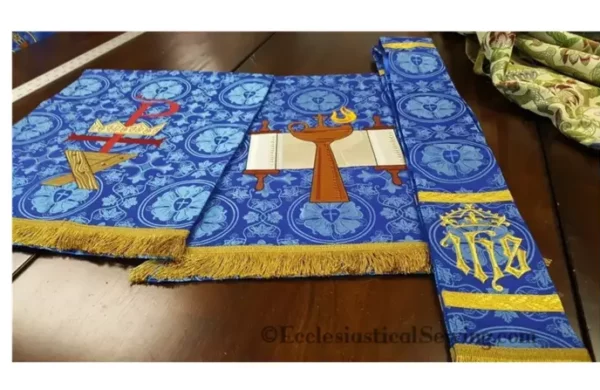
The choice between blue and purple Advent vestments reflects diverse traditions. Blue, popular in Scandinavia and the British Isles (“Sarum blue”), symbolizes the night sky before dawn, echoing themes of hope and new beginnings tied to the Christmas narrative. While, purple vestments, symbolizing penitence, have distinct connotations. Historically derived from Mediterranean snails, purple’s expense symbolizes royalty.
Like this:
Like Loading...
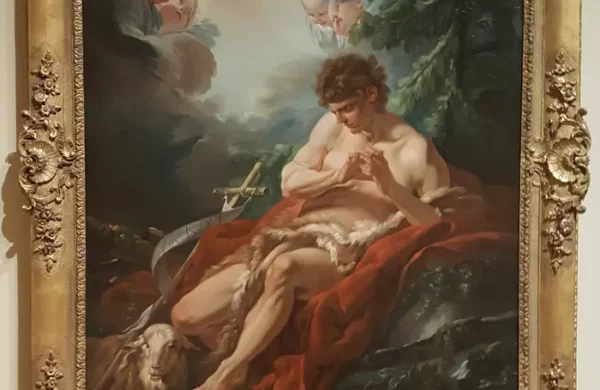
June 24th marks the celebration of the Nativity of John the Baptist. Christ said, “I tell you, among those born of women none is greater than John. Yet the one who is least in the kingdom of God is greater than he.” Luke 7:28 ESV
Like this:
Like Loading...
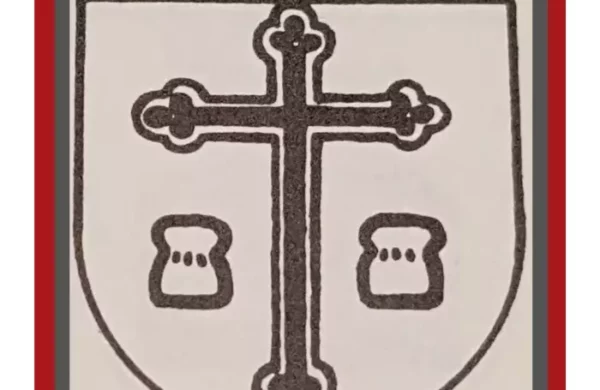
Lutherans and Roman Catholics celebrated the feast days of St. Philip and St. James the Apostles on May 1st and 3rd. Both church bodies agree on the importance of these Apostles. Philip was called by Jesus in Bethsaida and brought Nathanael to Christ, while St. James is traditionally believed to have been martyred. Ecclesiastical Sewing has introduced “The Apostle Collection” of church vestments, emphasizing these important figures in Christian history.
Like this:
Like Loading...
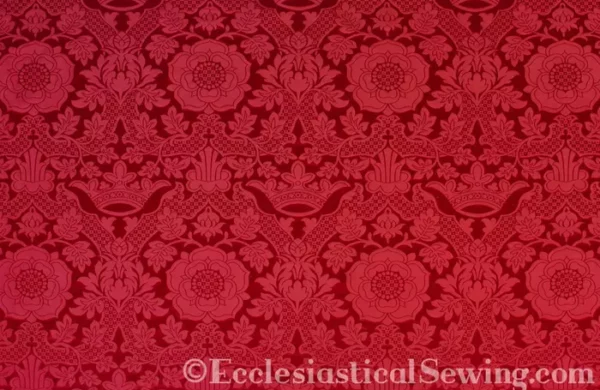
Red is the traditional color for Pentecost vestments, and among my favorite “red” options are fabrics like the St. Margaret Brocade, showcasing a bold pattern with a Tudor Rose and Crown. This liturgical brocade is available in solid red and two-toned variations, including the fiery red/gold option in the Fairford Brocade. Another excellent choice is the Red Lichfield Brocade, offering a rich hue perfect for Pentecost. Additionally, there’s the Luther Rose Brocade, Ely Crown, Silk Dupioni, and more in vibrant red tones.
Like this:
Like Loading...

The Evangelist stoles have been termed by some as a “teaching stole.” Pastors and Priests have used the stole symbols as a way to teach about the four Evangelists – St. Matthew, St. Mark, St. Luke, and St. John. These symbols for the Evangelists date back centuries in their use to teach the faith.
Like this:
Like Loading...
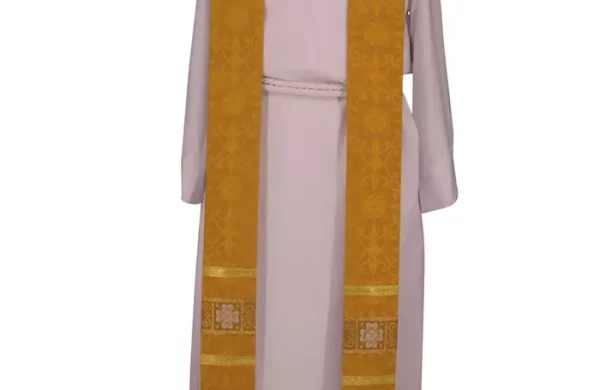
Ecclesiastical Sewing has Quick Ship Items ready for Easter! These stole collections, like Ely and Exeter, are in stock and easy to ship for last-minute needs. With brilliant gold and classic designs, they’re great for quick gifts or replacements.
Like this:
Like Loading...

The New Testament readings are of the Transfiguration of our Lord. While Lutherans Celebrate this Festival Day on the last Sunday before Lent, other church bodies celebrate the Transfiguration at different times during the church year.
Like this:
Like Loading...
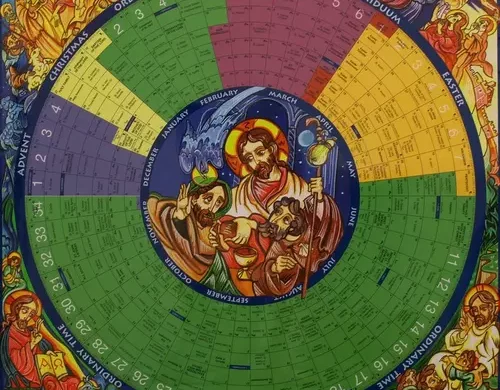
The church year is a pageant, a living connection to historic events, the communion of saints, and God’s promises. Symbols and seasons enrich our faith journey, bringing life to Christ’s unfolding story and inspiring us to be His follower in our time.
Like this:
Like Loading...

Dayspring is a Collection of Designs intended for use at both Christmas and Easter. Dayspring is a Messianic Prophecy that is fulfilled at the Resurrection. The Dayspring Church Vestment Collection incorporates the IHS Holy Monogram, the Chi Rho Symbols, Alpha and Omega, the Rising Sun, and the Glorious Cross. There are also Angels in adoration. The entire Ecclesiastical Sewing team is honored to have been a part of creating this new Dayspring Collection of Designs for use in your churches for the Christmas and Easter Seasons of the church year.
Like this:
Like Loading...

Blessed Christmas Everyone from Ecclesiastical Sewing Family
Like this:
Like Loading...

The symbol used for O Emmanuel is a manger with a flowering rose. The rose is a Messianic Rose. With great joy and anticipation, we join the prophet in singing, O Come, Emmanuel – come and save us, O Lord, our God. The collection of O Antiphon designs is a simple way to enhance a worship space. The banners may be hung from pillars as shown in the photo, or by some other way of your selection. The banners a simple to create for those who like to sew for their church.
Like this:
Like Loading...
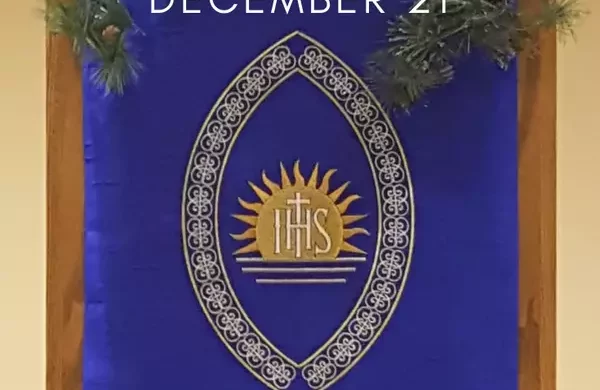
O Oriens – O Dayspring Antiphon for December 21: The word Dayspring today is considered archaic, yet it is a word that is beautiful and poetic. The word is used in the King James translation of the Bible. It means the dawn of the morning or daybreak. The symbol for Dayspring is often a rising sun as it breaks the horizon a the dawn of a new day.
Like this:
Like Loading...

Keys are interesting things. They come in all kinds of sizes from small to large. They open things, close things, lock things up, start things and the list goes on. Keys are used in the Bible as a means to explain or illustrate different concepts. I am reminded of our Catechism study in preparation for Confirmation. We learned about the Office of the Keys.
Like this:
Like Loading...
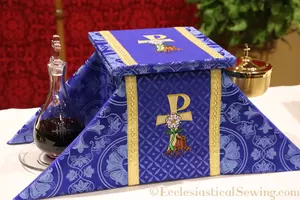
O Root of Jesse, standing as a sign among the people; before you kings will shut their mouths, to you, the nations will make their prayer: Come and deliver us, and delay no longer.
Like this:
Like Loading...
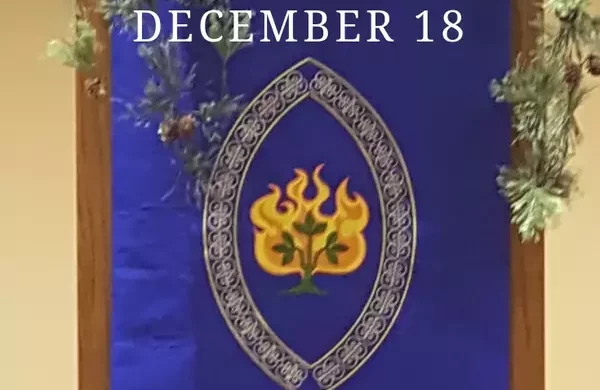
O Adonai, and leader of the House of Israel, appeared to Moses in the fire of the burning bush and gave him the law on Sinai: Come and redeem us with an outstretched arm.
Like this:
Like Loading...

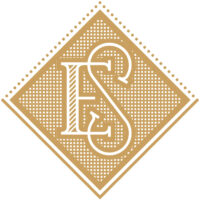














You must be logged in to post a comment.